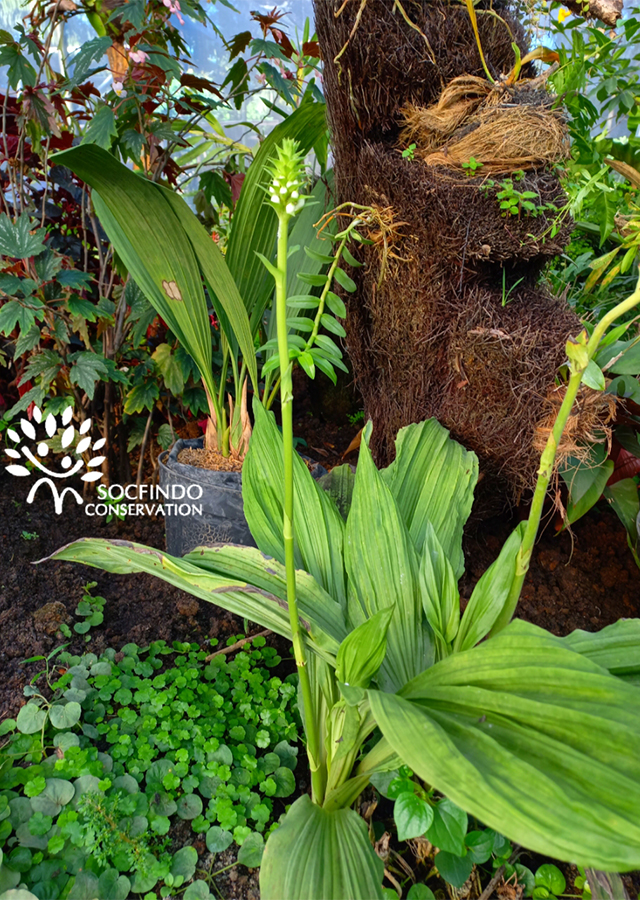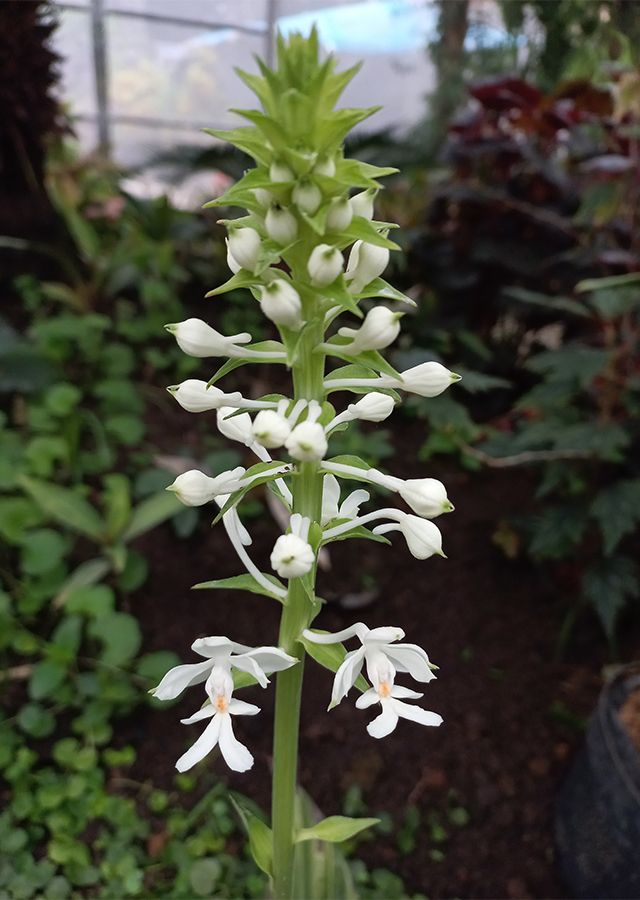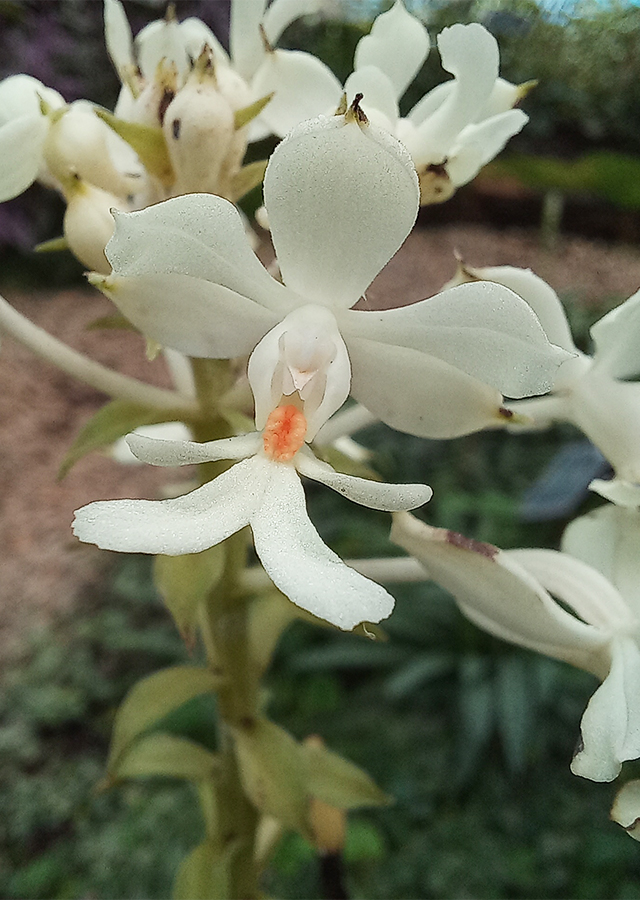Traditional Herbs from Calanthe triplicata
digestive_disorders
- Wash the bulbs of the sleeping baby orchid.
- Boil the bulbs until boiling.
- Leave them warm/cold.
- Strain and drink to relieve indigestion.
cavity_teeth" :["Prepare the roots and flowers of the sleeping baby orchid.
What is Calanthe triplicata Looks like??



Parts of Calanthe triplicata that could be used
- Flower
- Root
- Pseudobulb
Calanthe triplicata Distribution
The sleeping baby orchid, commonly known as the Christmas orchid, is a plant in the orchid family and is native to Oceania, Asia and the islands of east Africa. This type of orchid is usually used as an ornamental plant planted in pots or in gardens. In addition to its ornamental value, sleeping baby orchids also have medicinal uses. In Taiwan, herbalists use the root to treat rheumatism to traumatic injuries including bone fractures. In India, the root extract is used to treat diarrhea and toothache.Agroecology of Calanthe triplicata
Sleeping baby orchids thrive in moist, humus-filled soil in tropical rainforests near rivers at an altitude of 500 to 1,500 m above sea level. In the southern hemisphere, this orchid plant generally flowers in December, so it is also called the Christmas orchid. The suitability of this plant's habitat is that it grows at a light intensity of 44%, a temperature of 24.5 °C, humidity of 79.5%, and a soil pH of 6.0.
Morphology of Calanthe triplicata
- Underground rhizomes give rise to pseudobulbs which are usually dense.
- Pseudobulbs 3-8 cm long, 1.5-4 cm in diameter.
- Lanceolate leaves, borne on pseudobulbs on the ground surface and then enlarge. Leaf blades are about 25-90 x 6-11.5 cm, gradually tapering to the base of the midrib Longitudinal and parallel veins with about 6-9 veins more prominent than those other.
- Flowers are produced from the axils of the lower leaves in the form of erect racemes about 30-150 cm long. Flowers are about 15-40 mm in diameter. Petals are about 18 x 9 mm long pointed. Labellum about 15 x 23 mm. Flowers are white except for the yellow callus on the labellum.
- Fruit capsule is obovoid to cylindrical, about 4 cm long, split longitudinally but remain intact at the base and apex.
- Seeds are very small, winged.
Cultivation of Calanthe triplicata
This sleeping baby orchid has pseudobulbs that form dense clusters. Propagation can be done by separating the pseudobulbs when they are dormant/no new individuals appear.
Calanthe triplicata, more details :
Chemical Content of Calanthe triplicataPhenols, alkaloids, flavonoids, terpenoids, glycosides and tannins.
Benefits of Calanthe triplicata
Treating rheumatism, back pain, traumatic injuries including broken bones, analgesic for diarrhea, toothache, cavities, treating digestive disorders.
Simplisia of Calanthe triplicata
Another Facts for Calanthe triplicata :
Synonym of Calanthe triplicataAlismorkis veratrifolia KuntzeAmblyglottis veratrifolia BlumeBletia quadrifida Hook.f.
Habitus of Calanthe triplicata
Orchid. Annual terrestrial orchid, 1-1.5 m high
Habitat of Calanthe triplicata
- Riverside", "Forest", "Mountains
No comments:
Post a Comment